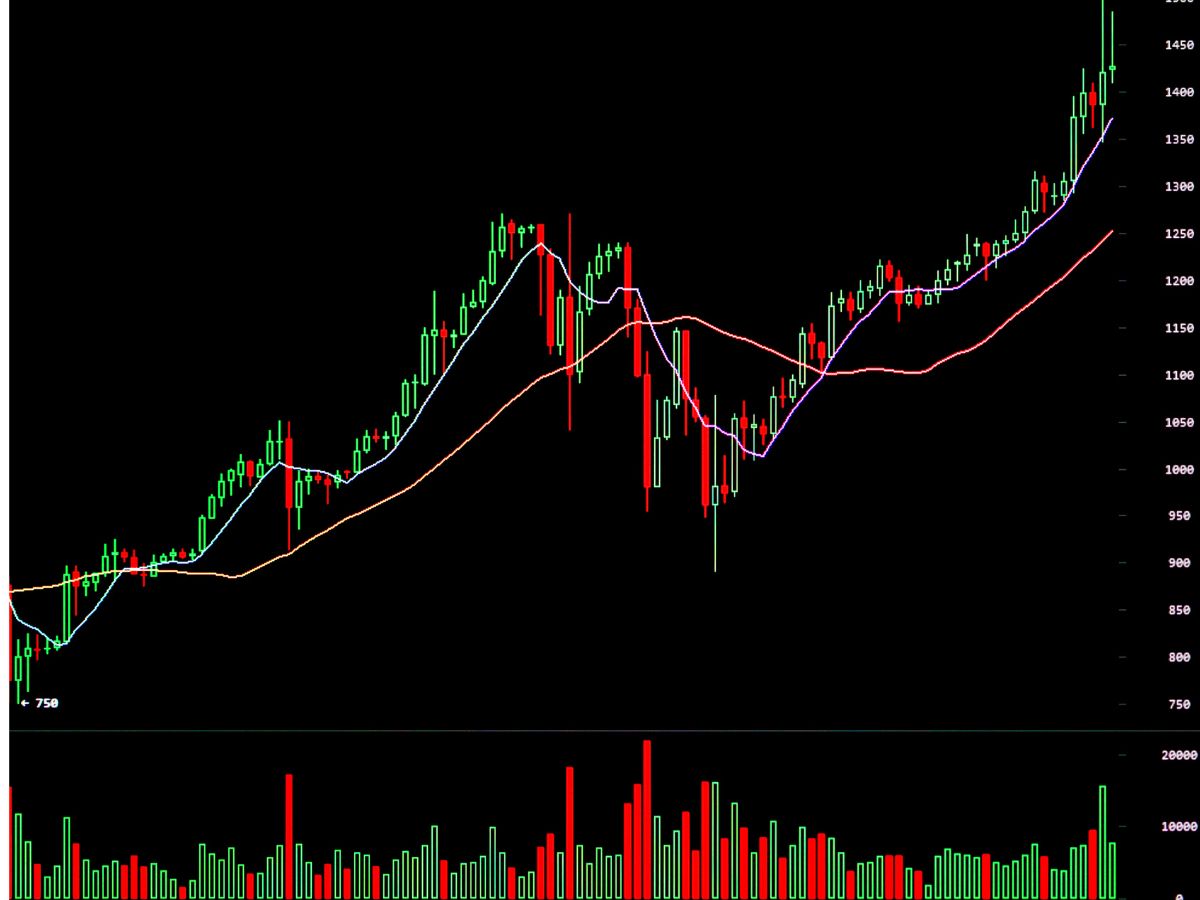Is Australia headed for a recession? Maybe. So it might be worth looking into how you can batten down the hatches in case a financial storm on bitcoin prices arrives. Could buying cryptocurrency be a move into a safe harbour? Or will crypto be torn up by fiscal storms, just like other assets?
Why Bitcoin?
The global financial crisis of 2008 was triggered by the collapse of the housing market in the United States. And it spread across the world like a plague. Traditional financial institutions lost their standing as something to be trusted. It was during this time that the Bitcoin Whitepaper was written. In cryptocurrency, a whitepaper is a document that spells out the technical details and aims of a new crypto.
In the Bitcoin (BTC) white paper, the mysterious creator of the crypto, Satoshi Nakamoto, made references to the shortcomings of traditional financial systems. The complaints included the high fees of payment processing, and the the centralisation of financial power into a few large institutions. The paper suggested that Bitcoin could operate independently of traditional financial institutions and be a peer-to-peer payment system that would not be subject to bad management or corruption.
The first Bitcoin transaction happened on January 12, 2009. Of course, Bitcoin has grown in popularity since then. It has the highest market cap of any cryptocurrency.
Bitcoin price: Is there a pattern?
While BTC is a very young asset, it has been 14 years since its inception. So we can start to see some price patterns emerging over time. The patterns developing are in their infancy, so this does not mean that patterns of the future are set. There could be a lot of financial turmoil ahead of us, or there could be smooth sailing, nobody knows. However, let’s look at what the Bitcoin price has done after different financial crises in its short 14 years of life.
Since 2009, there have been several major economic collapses globally. Here are some economic crises and how the Bitcoin price reacted right after.

Bitcoin price: Global Financial Crisis (2008-2009)
The GFC was a biggie. This economic downturn was triggered by the collapse of the housing market in the US. There was a recession in many countries afterwards.
Price of Bitcoin (3 Months After) US$0.09 (Jan 31, 2009)
Price of Bitcoin (6 Months After) US$0.03 (Apr 30, 2009)
Price of Bitcoin (1 Year After) US$2.48 (Oct 31, 2010)
Price of Bitcoin (2 Years After) US$5.27 (Oct 31, 2011)
European Debt Crisis (2010-2015)
This was an economic wobble in the European Union, involving Greece, Portugal, Ireland, Spain, and Italy. These countries had trouble repaying their loans.
Price (3 Months After) US$0.22 (Jan 31, 2011)
Price (6 Months After) US$0.98 (Jul 31, 2011)
Price (1 Year After) US$3.20 (Oct 31, 2011)
Price (2 Years After) US$125.92 (Oct 31, 2013)
Chinese Stock Market Crash (2015)
In mid-2015, China’s stock market suffered a major crash. It wiped out trillions in market value. The Chinese government intervened to stabilise the market, but it was too late for global markets, which saw a subsequent downturn.
Price of Bitcoin (3 Months After) US$247.51 (Oct 31, 2015)
Price of Bitcoin (6 Months After) US$371.57 (Jan 31, 2016)
Price of Bitcoin (1 Year After) US$710.67 (Oct 31, 2016)
Price of Bitcoin (2 Years After) US$6,989.66 (Oct 31, 2017)
Venezuelan Economic Crisis (2013-present)
Venezuela’s economy has stumbled from crisis to crisis since 2010, thanks to falling oil prices, mismanagement, and corruption. Hyperinflation, shortages of food and medicine, and a mass exodus of people have been the result.
Price (3 Months After) US$8,375.58 (Jan 31, 2018)
Price (6 Months After) US$11,731.71 (Apr 30, 2018)
Price (1 Year After) US$5,369.60 (Oct 31, 2018)
Price (2 Years After) US$9,159.47 (Oct 31, 2019)
COVID-19 Pandemic (2020-2021)
The COVID-19 pandemic damaged the entire global economy, with business closures and job losses in some places, and labour shortages in other places, while people were unable to travel. Governments introduced emergency monetary policies to try to lessen the economic impact of the pandemic.
Price of Bitcoin (3 Months After) US$33,000 (Jan 31, 2021)
Price of Bitcoin (6 Months After) US$57,000 (Apr 30, 2021)
Price of Bitcoin (1 Year After) US$62,000 (Oct 31, 2021)
Price of Bitcoin (2 Years After) US$20,495.77 (Oct 31, 2022)
Argentina Economic Crisis (2018-present)
Argentina has not had a good run for the past few decades. Recently, a economic downturn started in 2018. The country has a weak currency, and large debts.
Price (3 Months After) US$3,724.86 (Jan 31, 2019)
Price (6 Months After) US$5,044.67 (Apr 30, 2019)
Price (1 Year After) US$6,344.33 (Oct 31, 2019)
Price (2 Years After) US$18,294.66 (Oct 31, 2020)
Turkish Lira Crisis (2018-2019)
In 2018, the value of the Turkish lira plummeted. This led to an economic downturn.
Price of Bitcoin (3 Months After) US$6,592.45 (Jan 31, 2019)
Price of Bitcoin (6 Months After) US$3,928.38 (Apr 30, 2019)
Price of Bitcoin (1 Year After) US$9,295.56 (Oct 31, 2019)
Price of Bitcoin (2 Years After) US$12,315.90 (Oct 31, 2020)
Indian Economic Slowdown (2019-present)
India’s economy has been facing a slowdown since 2019, with high unemployment, and a banking crisis in the mix. The COVID-19 pandemic exacerbated these issues.
Price (3 Months After) US$9,293.17 (Jan 31, 2020)
Price (6 Months After) US$8,938.20 (Apr 30, 2020)
Price (1 Year After) US$13,179.64 (Oct 31, 2020)
Price (2 Years After) US$61,410.28 (Oct 31, 2021)

Bitcoin price: Can it be predicted?
Yes, sort of. After economic collapses in larger economies, a rise in the price of Bitcoin generally took place in the months and years afterwards. This could mean that people were looking for alternative stores of value during economic uncertainty.
Remember to factor in that while there have been multiple crypto bear markets since the inception of Bitcoin, there is a general trend of the price of Bitcoin increasing over time.
While there is a pattern of Bitcoin price increasing after economic collapses, other factors may also have contributed to these price movements. But loosely speaking, it can be concluded that the price of Bitcoin does seem to rise after economic instability.





